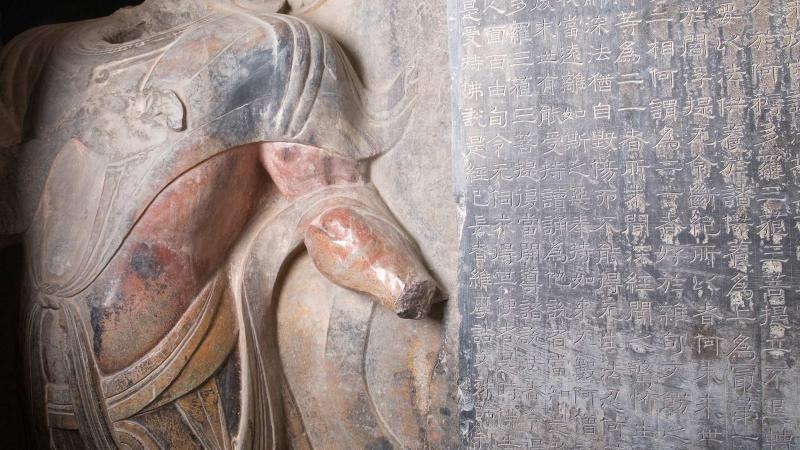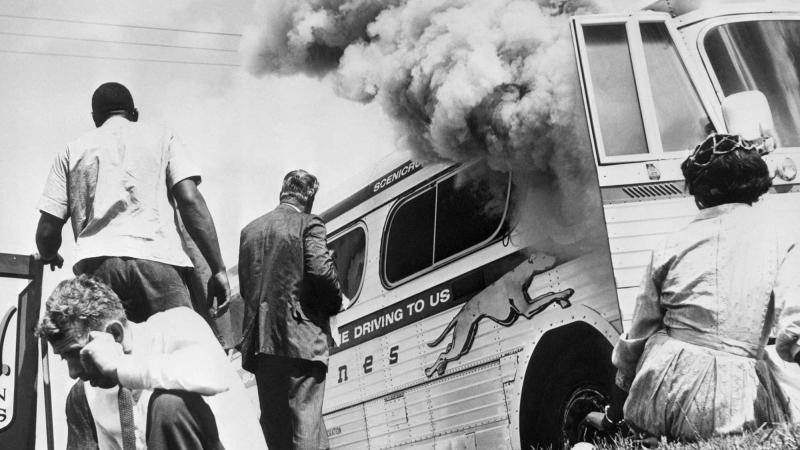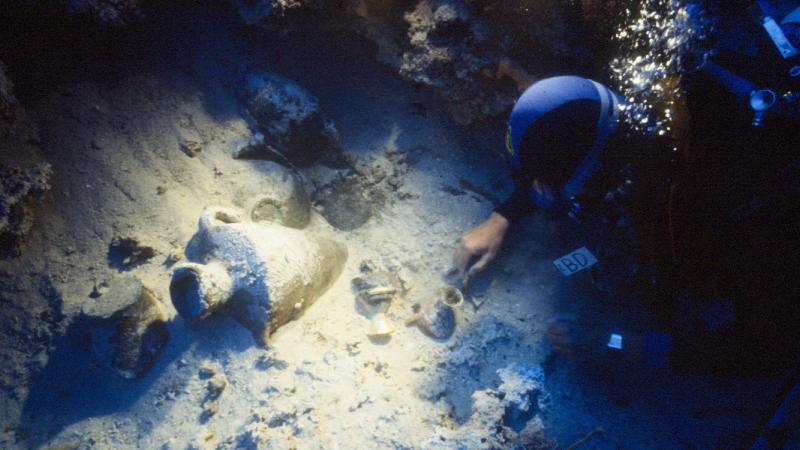On his final foray into the heart of Africa, David Livingstone made a devil’s bargain. Trained as a missionary, the British abolitionist desired nothing more than to find the Nile’s source, a feat that would put him in the pantheon of history’s greatest explorers. His obsession with the Nile and for finding navigable trade routes had carried him thousands of miles, mapping and chronicling places previously unseen by Europeans. But by 1871, he was sick, broke, and stuck in Nyangwe, in what is now the Democratic Republic of the Congo. To get where he wanted to go, Livingstone chose to travel with people he abhorred: Arab slave traders.
The explorer’s 1871 Field Diary provides an unvarnished view of his dilemma, according to Adrian Wisnicki, a University of Nebraska English professor, who leads the team funded with $483,605 from NEH, making more of Livingstone’s writings accessible. One way involved using advanced imaging technology to reveal the diary’s contents. Livingstone had created it from pages of The Standard newspaper, but his faded homemade ink previously could not be seen against the newsprint. In the diary, the explorer described the brutal treatment of slaves, the ivory trade, and methods used by slavers to terrorize villagers. But Livingstone also revealed his slide into what Wisnicki calls a “moral abyss.” When a local leader reneged on delivering a canoe Livingstone had purchased, the abolitionist resorted to slave catcher methods. He wrote that he sent “men off to force Kalenga to reason,” and, if he refused, Kalenga was to be bound and flogged.
Livingstone’s day of reckoning came July 15, 1871, when he witnessed a “murderous assault” in a market by the slavers he had depended upon when he was ill and couldn’t travel on his own. Hundreds died. Three days later, he wrote it “was Hell without the fire and brimstone . . . it filled me with unspeakable horror . . . I cannot stay here in agony.” Abandoning his dream, Livingstone left for Ujiji, where he met Henry Morton Stanley, to whom he transmitted the massacre story that mobilized Victorian England against the slave trade and raised Livingstone’s abolitionist standing.
Accounts of Livingstone in the 19th and 20th centuries tended to portray him as saintly, partly because of Stanley and Horace Waller, Livingstone’s friend and biographer, who left negative parts out of the written record. Livingstone also self-censored his story in later accounts, published in journals and books, says Wisnicki, who sees technology as helping provide a more nuanced look at Livingstone.
Livingstone’s 1871 Field Diary: A Multispectral Critical Edition, a fully digital effort by scholars and imaging scientists in the United States and Britain, enables users to learn how technology made the manuscript readable, and to compare the field diary with subsequent writings to see how Livingstone’s story was shaped. By August 2016, an estimated 13,000 manuscript images of letters, diaries, notebooks, illustrations, and maps, including many from the National Library of Scotland and the David Livingstone Centre, will be available at Livingstone Online, giving readers an opportunity to learn more about Africa before Europe’s colonial expansion.
Written by Anna Maria Gillis, managing editor of Humanities.


